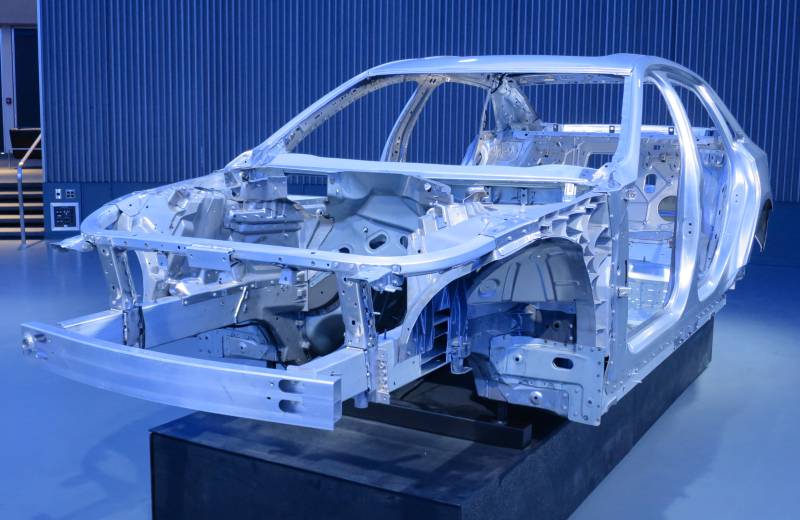Automotive aluminum is a lightweight metal increasingly used in vehicle components such as engine blocks, wheels, suspension components, and vehicle body parts. Automotive aluminum offers benefits such as corrosion resistance, recyclability, lower emissions during production, and higher strength-to-weight ratio compared to steel. The use of aluminum helps automakers reduce vehicle weight and improve fuel efficiency. Global demand for fuel-efficient vehicles has pushed automakers to focus on lightweight materials like aluminum.
The Global automotive aluminum market is estimated to be valued at US$ 58.33 Billion in 2024 and is expected to exhibit a CAGR of 12% over the forecast period 2024 to 2031.
Key Takeaways
Key players operating in the automotive aluminum market are Alcoa Inc., Arconic Inc., UACJ Corporation, CHALCO, AMG Advanced Metallurgical Group, Norsk Hydro ASA, Constellium N.V., Novelis Inc., and Rio Tinto Group.
The key opportunities in the automotive aluminum market include growing sales of electric vehicles and stringent emission norms promoting lightweight materials adoption. Automotive aluminum helps reduce vehicle weight and extend electric vehicle ranges.
Advancements in aluminum casting and sheet forming technologies have improved manufacturability of complex automotive components from aluminum. Developments in aluminum alloys have also enhanced material performance characteristics meeting auto manufacturers’ requirements.
Market drivers
Stringent fuel efficiency and emission norms worldwide are a major driver for the automotive aluminum market. Regulations such as Corporate Average Fuel Economy (CAFE) standards in the US mandate automakers to improve their fleet-wide fuel economy. Adoption of lightweight materials is one of the most cost-effective ways for automakers to reduce vehicle weight and tailpipe emissions. The increasing consumer demand for fuel-efficient vehicles also promotes the use of aluminum content in automobiles.
Current challenges in the automotive aluminum market:
The automotive aluminum market is facing challenges due to rising prices of aluminum and competition from substitute materials. Soaring energy and transportation costs have pushed aluminum prices higher over the past year. This is threatening the profitability of automakers using aluminum sheet and extruded components. Additionally, composite materials and advanced high-strength steels are gaining acceptance in some vehicle applications as alternatives to aluminum. However, automakers continue investing in aluminum due to its superior attributes including lightweighting and corrosion resistance that enhance fuel efficiency and vehicle performance.
SWOT Analysis
- Strength: Aluminum is a lightweight yet strong material that helps reduce vehicle weight and improve fuel efficiency. Its corrosion resistance also lowers maintenance costs.
- Weakness: Volatile aluminum prices pose risks to profitability. Composite materials offer stiffer competition in some applications.
- Opportunity: Growing global demand for fuel-efficient vehicles drives the need to adopt more aluminum content per vehicle. Several regulations promote use of lightweighting solutions.
- Threats: Dependence on aluminum imports exposes the industry to supply chain disruptions. Electric vehicles may gradually replace internal combustion engines.
The North American region currently accounts for the largest share of the global automotive aluminum market in terms of value. This is mainly attributed to the presence of leading automakers and aluminum suppliers in the US and Canada catering to domestic demand. However, the Asia Pacific region is emerging as the fastest growing market for automotive aluminum due to rising vehicle production and sales in China, India, and other developing economies pushing aluminum consumption higher.
*Note:
1. Source: Coherent Market Insights, Public sources, Desk research
2. We have leveraged AI tools to mine information and compile it

